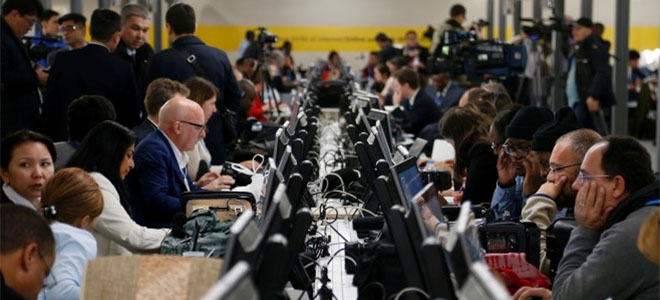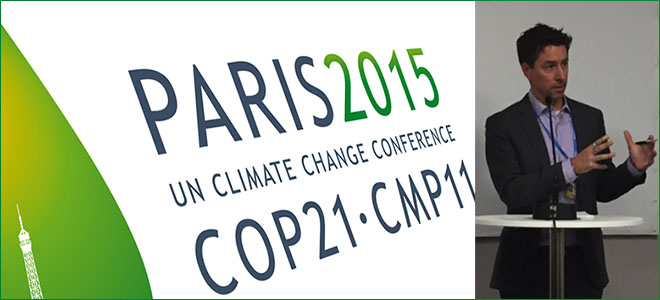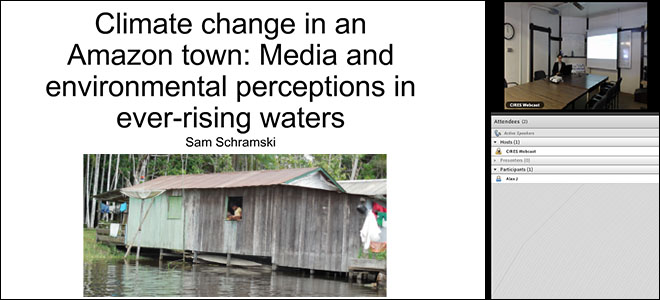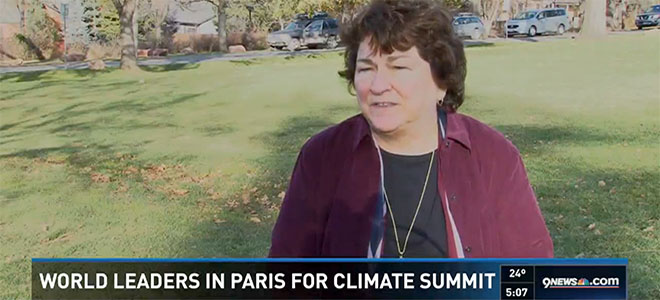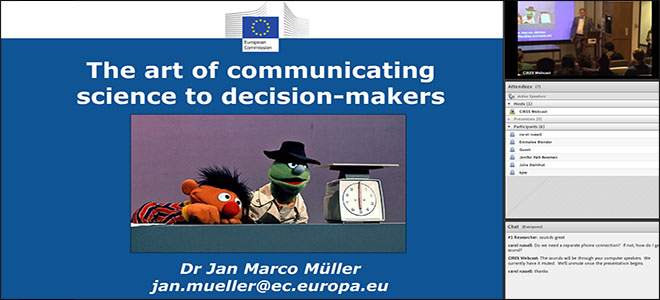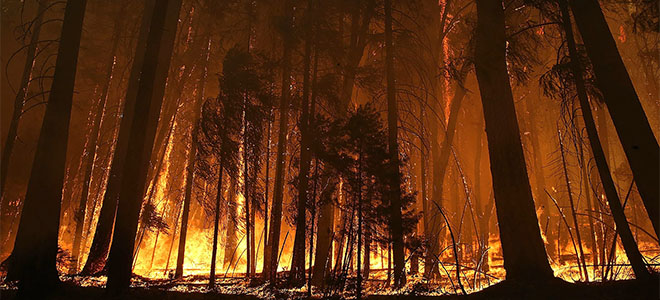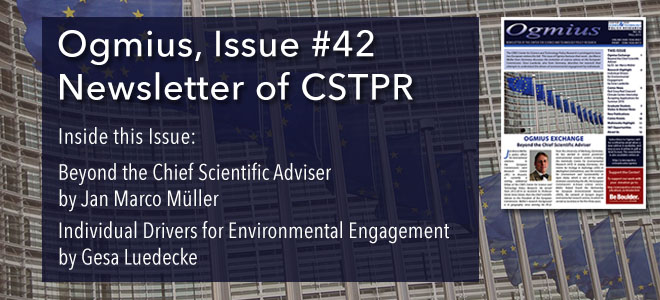
Ogmius
Issue #42, Fall 2015
The CIRES Center for Science and Technology Policy Research is privileged to have two European visitors this fall. This issue of Ogmius features their work. Jan Marco Müller from Germany discusses the evolution of science advice at the European Commission. Gesa Luedecke, also from Germany, describes her research that attempts to understand the drivers of environmental engagement by individuals. Müller’s research background is in geography; since earning his Ph.D. from the University of Marburg (Germany), he has worked in several prominent environmental research centers including the Helmholtz Centre for Environmental Research (UFZ) in Leipzig (Germany), the Centre for Ecology & Hydrology (CEH) in Wallingford (Oxfordshire), and the Institute for Environment and Sustainability in Ispra (Italy), which is one of the seven Institutes constituting the JRC, the European Commission’s in-house science service. Müller helped found the Partnership for European Environmental Research (PEER), the network of Europe’s largest environmental research centres, to which he served as Secretary in the first three years.
Ogmius Exchange
Beyond the Chief Scientific Adviser by Dr. Jan Marco Müller
Jan Marco Müller, a policy officer for international relations in the European Commission’s Joint Research Centre (JRC) in Brussels, is currently a visiting sabbatical fellow at the CIRES Center for Science and Technology Policy Research. He served from 2012-2014 as Assistant to Professor Dame Anne Glover, then the Chief Scientific Adviser to the President of the European Commission.
In November 2014 the new President of the European Commission decided not to renew the position of the President’s Chief Scientific Adviser, established by his predecessor in 2012 and which had expired with the end of the previous mandate. This followed several months in which the role was attacked by “green” NGOs, inter alia because the jobholder Professor Dame Anne Glover was very outspoken about the scientific evidence regarding genetically modified organisms and because NGOs felt the role was a potential shortcut for industry lobbyists.
The decision of the President triggered an interesting media feedback in which three kinds of reactions could be identified. First, there were the anticipated reactions of those who had been vocal in either supporting or opposing the role. This included harsh reactions from the scientific community (see Science, The Scientist, BBC, Independent) as well as business (see FreshProduce Journal, Food & Drink Technology, Beverage Daily), but also NGOs celebrating that their campaign had been successful (see CIEL).
Second, commentators mainly from the UK-based media made the connection between the NGO campaign and the decision not to renew the Chief Scientific Adviser post, and argued that the new President had “given in to Greenpeace” and “sacked” the CSA because of her stance on GMOs (see editorial and article in The Times, Independent, Telegraph, The Guardian, The Economist, The Spectator, Herald Scotland, Discover magazine) – without providing any evidence that this was the case. These comments were partly motivated by an anti-EU narrative in the UK, arguing that removing the Chief Scientific Adviser – filled with one of the UK’s highest ranked officials in Brussels – would be against British interests.
The most interesting reaction though was the third one: suddenly editorials about the role of science advice in European policy-making started to appear across Europe, including in influential national newspapers and weekly journals. Major examples included Germany (Frankfurter Allgemeine, Die Zeit, Süddeutsche Zeitung), France (RFI), Belgium (De Standaard), the Netherlands (De Volkskrant), Sweden (Svenska Dagbladet), Switzerland (News.ch) and Italy (Il Foglio Quotidiano). The issue also triggered reports and editorials from around the world, most notably in the United States (Wall Street Journal, The New Yorker), Canada (La Presse), China (Xinmin) and Brazil (Carta Capital). This media feedback was highly unusual as the mechanisms of scientific advice to policy-makers generally do not hit the headlines of mainstream media outlets across the globe. Most editorials lamented the role given to science in policy-making and argued that the role had been removed with the aim of silencing an inconvenient voice. Read more …
Research Highlight
Individual Drivers for Environmental Engagement by Gesa Luedecke
Gesa Luedecke, a Visiting Fellow at the Center, authored the Research Highlight for this issue of Ogmius. Gesa studied Environmental Sciences at the University of Lueneburg, Germany with a focus on environmental communications, sustainability and media as well as informal learning. She holds a Diploma degree in Environmental Sciences and a Ph.D. in Sustainability Sciences from Leuphana University. She has ongoing interests in environmental and sustainability communication, climate change and sustainability communication via media, media communication and sustainable behavior as well as in inter- and transdisciplinary studies. Her research focus is on the influence of media communication about climate change on individual behavior. With her experience in transdisciplinary research, Gesa is seeking to provide support for cross-disciplinary collaborations on the themes of media communication and social learning for decision-making in climate-related issues.
Research on environmental awareness, environmental psychology and social psychology paves the way to help understand individual decision-making processes towards environmental engagement. However, research on individual behavior is still a challenge as there are numerous variables that feed into those decision-making processes and play a central role along the process of definition and internalization of attitudes and opinions.
When we look at how people’s brains work and what receives the most attention on an everyday life basis, we find an interesting pattern behind different theoretical and empirical approaches from socio and environmental psychology that describe motivations in a way that suggests to classify them hierarchically.
In this hierarchy of motivations, we find emotions on top of the pyramid as the first and less strong level in terms of long-term impacts. Emotions can be a powerful system, but are often situational, short-termed, and influence our decision making on a day-to-day basis, while we learn through positive as well as through negative reinforcement.
Many decisions we make refer to rational choices we take by making individual cost-benefit analyses in certain situations (assessing resource input in terms of money, time, and effort). In this context individuals evaluate the relation between input of resources and the anticipated output or added value of the planned behavior. This motivation often overshadows emotions in the long run. Read more …
View full issue




